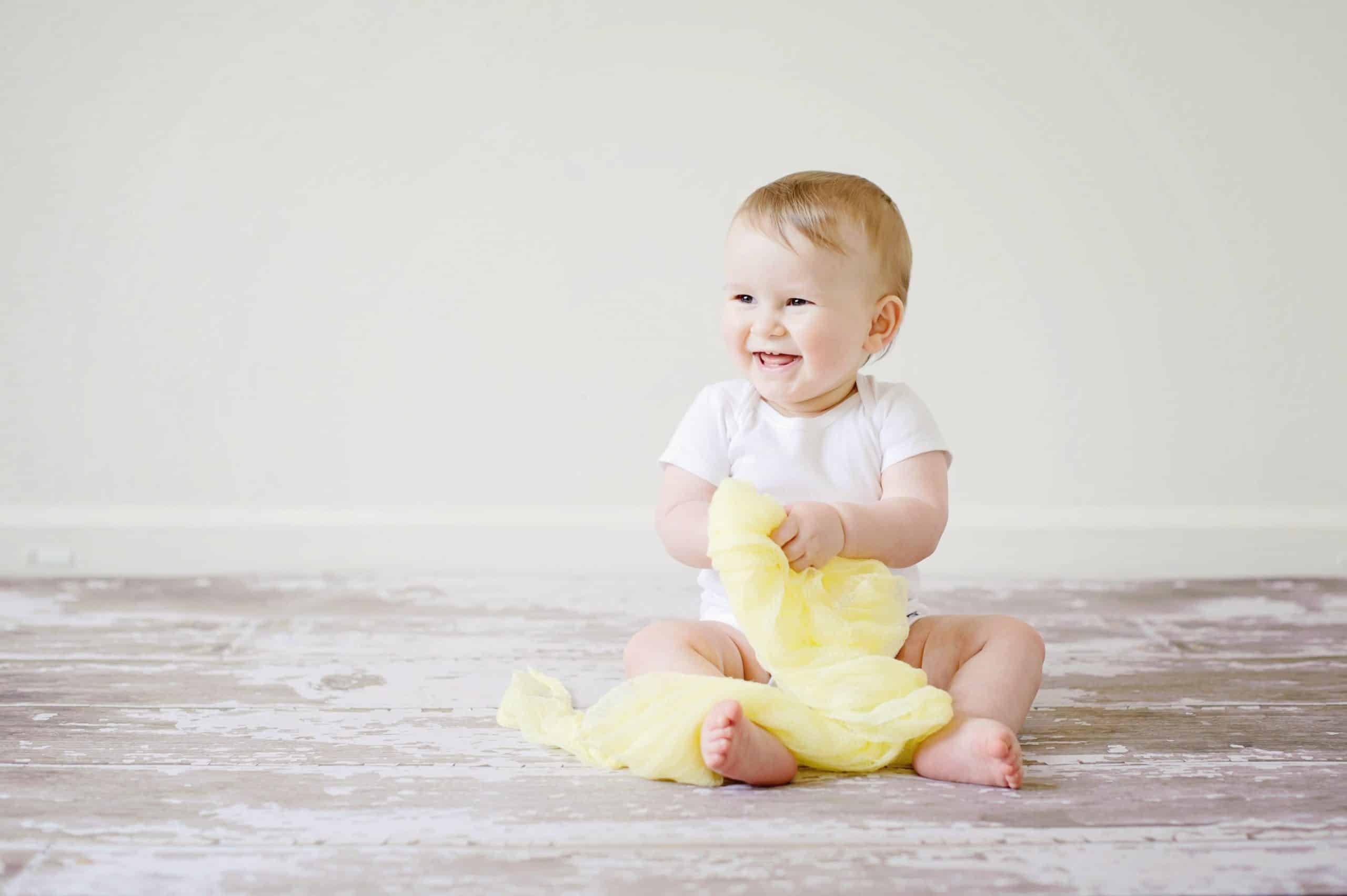
The beginning of parenthood comes with various difficulties to overcome. Among them is teething. How to cope with this difficult period?
Parents watch their newborn child develop every day. Each new skill, growth and progress arouses enthusiasm and pride. Unfortunately, not all moments are equally pleasant. A difficult stage in the development of infants is teething, the time when milk teeth erupt. Two-thirds of children endure this period without symptoms. The others suffer, and with them the parents. How can I help myself and my child during teething?
Teething in infants begins around 3-4 months of age, but the teeth do not become visible above the gums until around 6-7 months of age. Each toddler grows up at its own pace. The first ones we should look for are the lower ones. Next in the order of eruption are: upper ones, incisors, canines and finally molars(link).
Teething in infants manifests itself quite characteristically. We can observe general irritability in the toddler, increased saliva production, as well as intensification of putting hands and toys to the mouth. The gums may be red and swollen. Additional symptoms associated with teething include fever, diarrhea, and even vomiting.
The infant’s body is weakened as a result of teething. The child is susceptible to catching additional infections. The risk of catching bacteria or viruses is greater because the toddler eagerly puts his hands and toys in his mouth, so we should pay special attention to the hygiene of the child’s hands and the cleanliness of the teethers.
A symptom of teething may also be a loss of appetite, problems with sleep, crying. What should comfort every parent is the fact that teething symptoms can be annoying, for example, only in the case of one tooth. The others may go virtually unnoticed.
Teething in children is a time when we can use home remedies to relieve pain or help with pharmacological measures. Effective home methods include massaging the gums. A very gentle massage can be done with a finger or a special silicone pad. It should be remembered that infant gums are very delicate and susceptible to damage. We must therefore be very careful during this procedure.
A non-pharmacological way to relieve pain associated with teething is also giving the child a chilled teether. Simply keep the toy in the refrigerator for a few hours and then give it to your baby. The coolness of the teether should provide immediate relief. A cooled, wet diaper will perform a similar function.
If home methods fail, we can help with preparations from the pharmacy. For teething in children we can find there gels, ointments and sprays. The safest are herbal and homeopathic specifics. They have an analgesic, antiedematous and astringent effect.
A stronger pharmacological agent are ointments with lidocaine. However, they should be used with caution and according to the recommendations of the manufacturer or pediatrician. An overdose of lidocaine in an infant can be fatal to his or her health. Side effects include impaired swallowing.
If an infant has a fever during teething, it should be given a medication containing paracetamol or ibuprofen. Here, too, a preparation dedicated to infants should be chosen and the dosage described in the leaflet should be strictly observed. If the symptoms worsen, the child has a fever for more than 3 days, consult a pediatrician.
Main photo: Pixabay/pexels.com